Tolin's 2024 World Cruise blog posts, Day 110, Apr 28, 2024, Tangier, Morocco, Panoramic Tangier & Tetouan
Many civilizations and cultures have influenced the history of
Tangier, starting from before the 10th century BCE.
Starting as a strategic Phoenician town
and trading center, Tangier has been a nexus for many cultures. In 1923, it
became an international zone managed
by colonial powers and became a destination
for many European and American diplomats, spies, bohemians, writers and
businessmen. That status came to an end with Moroccan independence, in phases between 1956
and 1960.
By the early 21st century, Tangier was undergoing rapid
development and modernization. Projects include tourism projects along the bay,
a modern business district called Tangier City Centre, an airport terminal, and
a football stadium. Tangier's economy is set to benefit greatly from the Tanger-Med port.
https://en.wikipedia.org/wiki/Tangier
Caves of Hercules is an archaeological cave complex located in Cape Spartel, Morocco. The cave has two openings, one to the sea and one to land. The sea opening is known as "The Map of Africa." It is believed that the Phoenicians created the sea opening, which is in the shape of Africa when looked at from the sea. There are also some markings on the wall in the shape of eyes, that are said to have been made by the Phoenicians, which make up a map of the local area.
The cave itself is part natural and part man-made. The man-made part was used by Berber people to cut stone wheels from the walls, to make millstones, thus expanding the cave considerably.
https://en.wikipedia.org/wiki/Caves_of_Hercules
Tétouan is a renowned multicultural center. The medina of Tétouan is a UNESCO World Heritage Site since 1997. It has also been part of the UNESCO Creative Cities Network in the area of Crafts and Folk Art since 2017.
https://en.wikipedia.org/wiki/T%c3%a9touan
Tétouan, also known as Tettawen, is a
city in northern Morocco. It lies
along the Martil
Valley and is one of the two major ports of Morocco on the Mediterranean
Sea, a few miles south of the Strait of Gibraltar, and about 37 miles
E.S.E. of Tangier. In
the 2014 Moroccan census, the city recorded a
population of 380,787 inhabitants. It is part of the administrative
division Tanger-Tetouan-Al Hoceima.
The city has witnessed many development cycles spanning over
more than 2,000 years. The first settlements, discovered a few miles outside of
the modern city limits, belonged to Mauretanian Berbers and date back to the 3rd
century BC. A century later, Phoenicians traded there and after them
the site—known now as the ancient town of Tamuda—became a Roman colony
under Emperor Augustus.
In the late 13th century, the Marinids started by building a casbah and mosque in what is now the old city. Soon after in 1305, the scale of the settlement was expanded by sultan Abu Thabit Amir, who fortified the place. Around the early 15th century, the Castilians destroyed the settlement in retaliation for piracy.
The modern history of the city starts around the late 15th century. It was re-built and fortified by Ali al-Mandri, who emigrated from the Nasrid city of Granada in the decade before it fell in the hands of the Catholic Monarchs Ferdinand II of Aragon and Isabella I of Castile as the War of Granada was completed in 1492. Thousands of Muslims and Jews from Andalusia settled in the north of Morocco and on the ruins of the city of Tétouan. The city went through a prosperous period of reconstruction and growth in various fields and became a center for the reception of Andalusian civilization. It is often linked to Granada and is nicknamed "Granada's Daughter"; some families still keep keys belonging to their old homes in Granada. It is also nicknamed "Pequeña Jerusalén" (Little Jerusalem) by Sephardi Jews. The vast majority of the population are Muslims.
Masque Minerettes
Star of David
Small Christian and Jewish communities also exist, although their presence has declined sharply in recent decades.
Church of Nuestra Senora de la Victoria
Moroccan gardens:
Morocco offers many rich and varied experiences to satisfy its visitors’ tastes and preferences, gardens are considered to be of utmost importance in Morocco and thankfully it does not fail to amaze us when it comes to flaunting the beautiful Moroccan gardens.
Moroccan garden’s trademark is alluring fountains and waterfalls that never to charm the visitors, the botanical beauty of moroccan gardens provides a great interest for nature lovers, especially plant, flowers and traditional herbs, all while providing divine relaxation.
Anima Garden, Marrakech
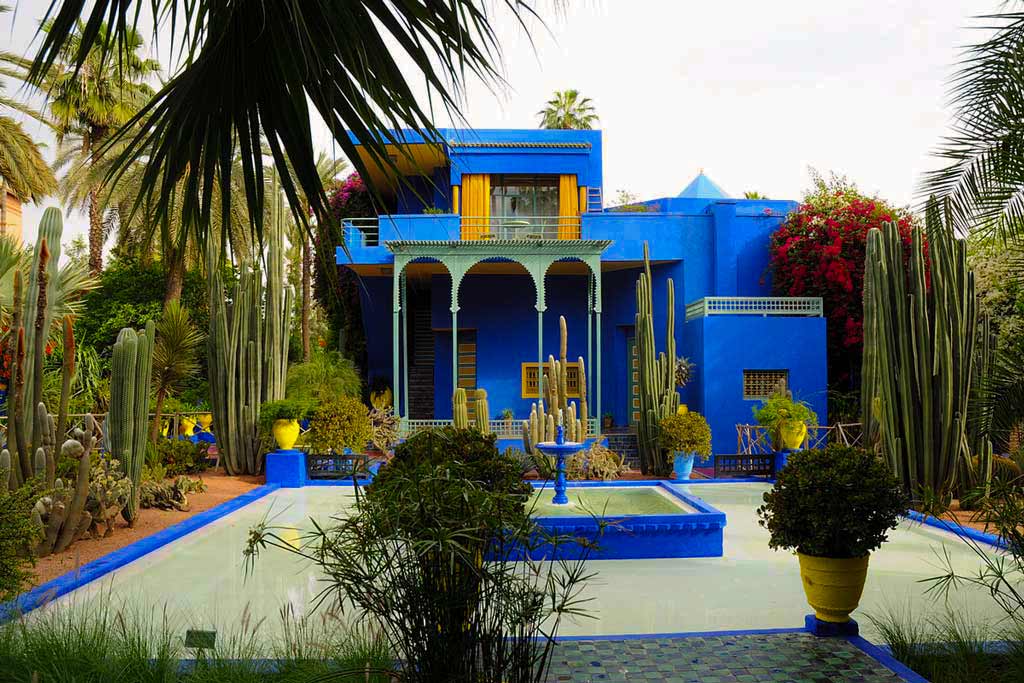
Majorelle Garden, Marrakech
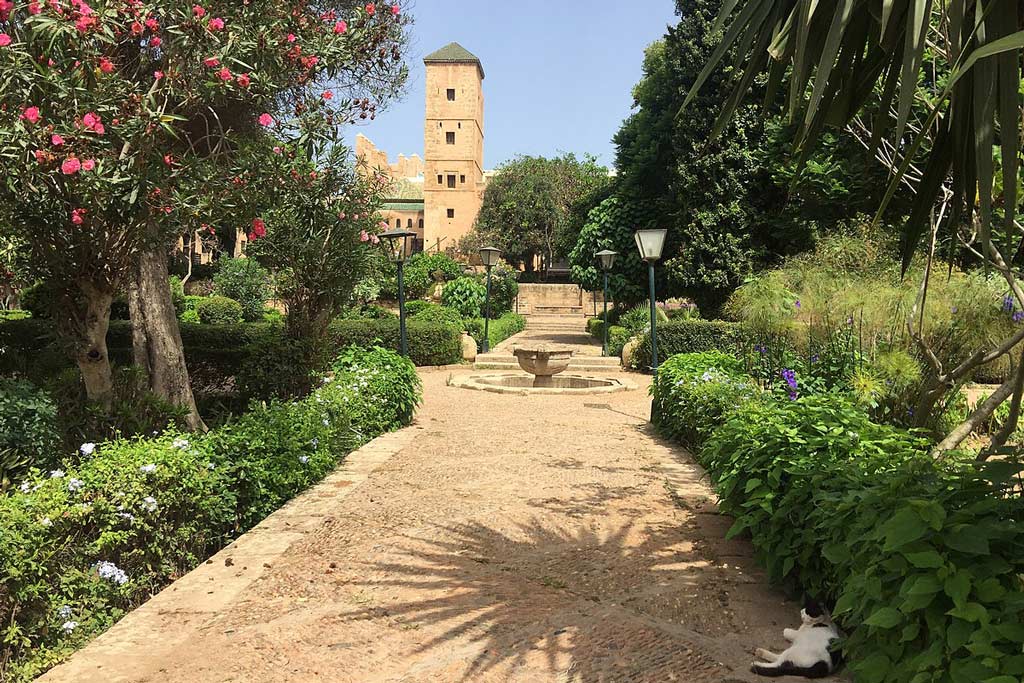
Kasbah Oudaia Andalusian Garden, Rabat
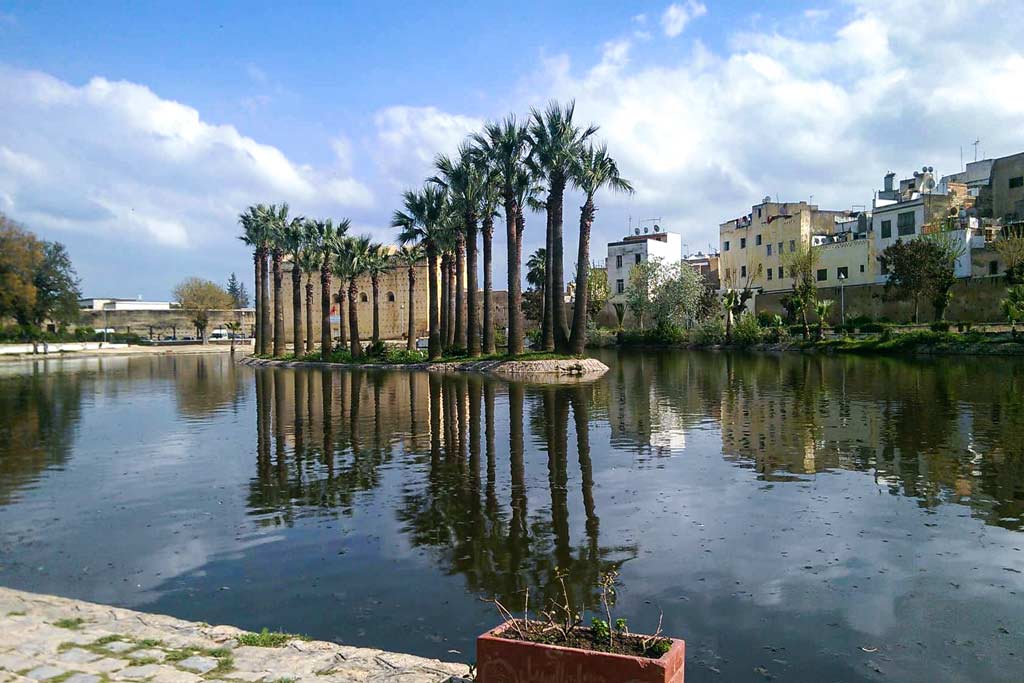
Jnan Sbil Garden, Fez
Exotic Gardens Of Bouknadel, Rabat
Public gardens

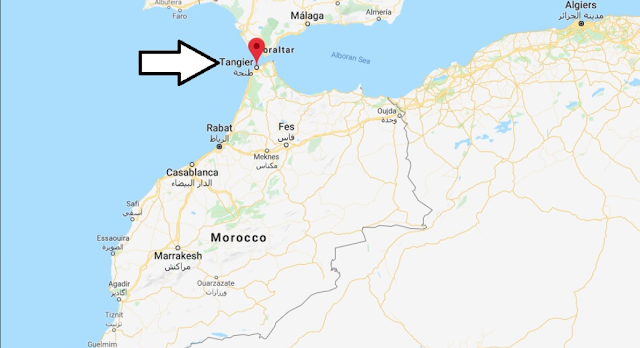









.jpg)







































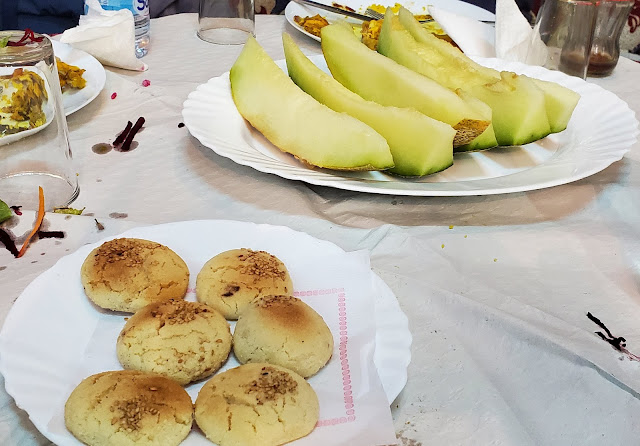









Comments
Post a Comment